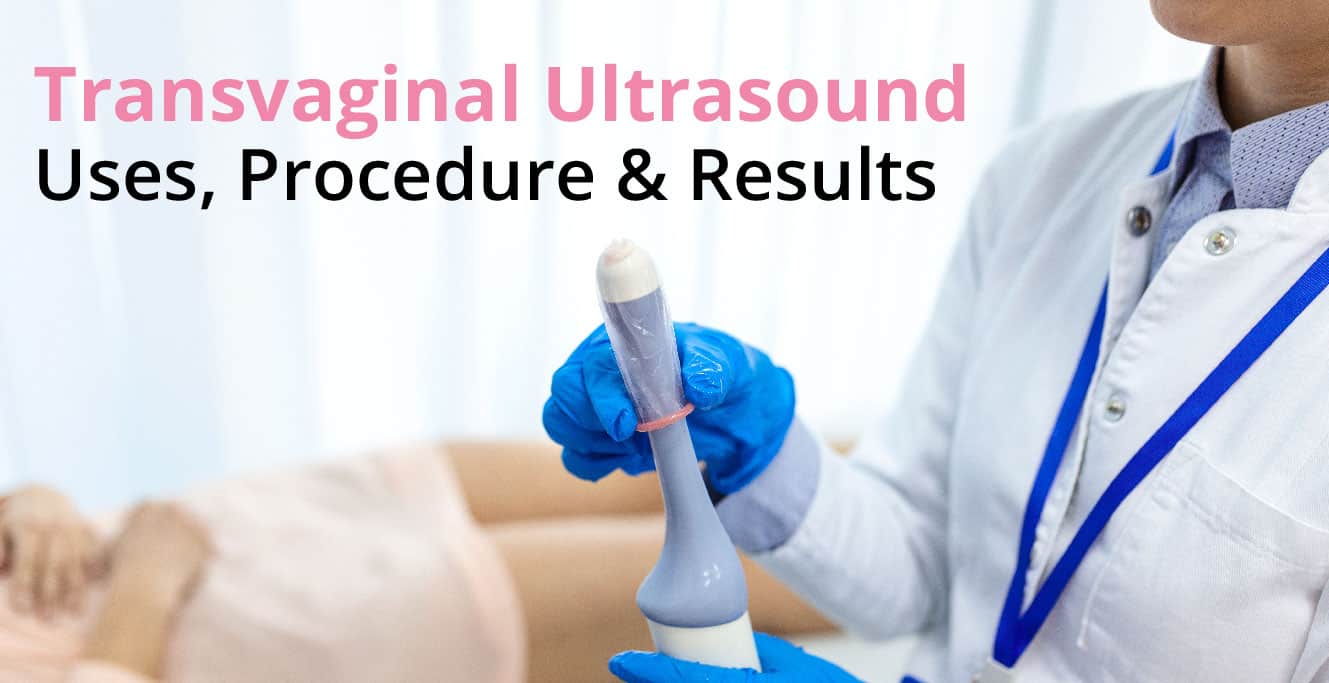
What is The USG Full Form in Medical Terms?

Table of Contents
Have you come across the term USG written by doctors in prescription whenever a diagnosis is advised? The full form of USG is ultrasound sonography in a medical context. Most of us have come across the word ‘ultrasound’ or ‘sonography’ at some point of time in our lives. From testing for abdominal problems to scanning for abnormalities within the kidneys or liver, or even problems with your glands, ultrasound has made the diagnosis simpler without complications. The reason this procedure is likely in high demand is that it is a non-invasive, safe, and quick method for analysing various conditions and monitoring your health.
Now that you know the full form of USG, we shall continue with the analysis of various other full forms related to USG in medical practices and the roles that USG plays in identifying specific disorders.
USG Full Forms in Medical Terms
USG full forms can vary depending on the specific diagnostic focus. Let’s break them down:
- USG – Ultrasonography or Ultrasound Sonography
- USG W/A – Ultrasonography Whole Abdomen
- USG KUB – Ultrasonography of Kidneys, Ureters, and Bladder
- USG TVS – Transvaginal Sonography
- USG NT Scan – Nuchal Translucency Scan (used for screening during pregnancy)
All these USGs assist doctors in identifying various organs and their respective conditions in the body. The following terms, if understood, will make your visit to the diagnostic lab clearer, be it taking USG for your abdomen or a USG scan for pregnancy. Also, use Pregnancy Calculator Week by Week tools to estimate fetal development.
How Does USG Work?
USG uses sound waves at high frequencies to capture detailed images of the inside of your body. The process is simple yet effective:
- Sound Waves: A transducer sends sound waves into the body, which bounce back after hitting internal structures.
- Image Creation: These sound waves are then translated into images that appear on the screen.
- No Radiation: Unlike X-rays or CT scans, USG does not use ionising radiation, making it a safer choice for many patients, including those who are pregnant.
Whether it’s a USG of the abdomen or a detailed scan of your heart (an echocardiogram), the method remains consistent across various types of USG.
Importance of USG in Diagnosing Problems
USG is vital for diagnosing many conditions across different areas of the body. Here’s why it’s so important in medical practice:
- Real-Time Imaging: Unlike X-rays or MRIs, USG captures real-time images, making it easier for doctors to see live changes in organ functions.
- Safe and Non-Invasive: Since it doesn’t involve radiation, USG is considered safe, particularly for pregnant women.
- Monitor Pregnancy: One of the most common uses of USG is during pregnancy to monitor fetal growth, check for abnormalities, and assess the health of the uterus and placenta.
There is a specific type of ultrasound for every condition that doctors use. Whether it is organ dysfunction, pregnancy examination, or musculoskeletal traumas, every concern has its way of utilising ultrasound procedures. It is ine deed a flexible and effective device that can help with the identification of such diseases as stones in thkidneys, or heart disease.
Types of Conditions Diagnosed by USG
The diagnostic power of USG extends to a wide range of conditions:
- Abdominal Issues: USG is commonly used to check for problems like kidney stones, liver conditions, or gallbladder issues. A USG abdomen helps doctors see these internal organs.
- Pregnancy Monitoring: Pregnancy USG allows for checking fetal heartbeats, confirming the position of the placenta, and assessing fetal development.
- Cardiac Conditions: An echocardiogram is a type of USG used to study the heart’s functionality. It helps doctors monitor heart conditions like valve issues and fluid accumulation.
- Musculoskeletal Injuries: USG can also be used to detect sprains, strains, or tears in muscles and tendons, providing clear images of soft tissues.
The use of USG varies based on the specific condition being diagnosed, but its versatility is unmatched. No matter the issue, an ultrasound provides a clear, non-invasive method to assess internal health.
Types of USG Procedures and Precautions
Here are some of the most common types of USG procedures:
- Transabdominal Ultrasound: This is the most common type of USG for abdominal and pelvic issues. It is used to examine the liver, kidneys, and reproductive organs.
- Preparation: For this USG scan, you may be asked to fast for several hours or drink a large amount of water beforehand.
- Transvaginal Ultrasound: Often used to examine the uterus, ovaries, and other pelvic organs in more detail.
- Preparation: Generally, no special preparation is needed, though some people may experience discomfort due to the internal nature of the scan.
- Echocardiogram: A type of USG focused on the heart, used to evaluate the heart’s structure and function.
- Preparation: You may be asked to avoid caffeine or heavy meals before the test.
These are just a few examples of USG tests. No matter the type, USG is safe, effective, and can provide critical insights into your health.
How to Prepare for a USG Test?
Preparation for your USG test depends on the type of scan and the body part being examined. Here are some general tips:
- For Abdominal USG: You may need to fast for 8-12 hours before the scan to ensure clear images.
- For Pelvic USG: You might need to drink plenty of water beforehand to fill your bladder, helping produce clearer images.
- For Echocardiogram: It’s usually recommended to avoid consuming caffeine or heavy meals before the test.
Always follow your doctor’s specific instructions, as preparation can vary based on your individual health needs and the type of USG procedure you have.
Knowing the USG report
You will be provided with descriptions of the internal structures subjected to examination in the USG report. Here is a brief understanding of how to interpret your ultrasound report:
- Normal Results: If the images show no irregularities, the report will likely state that everything is within normal limits.
- Abnormal Results: Terms like “mass” or “lesion” may require further investigation. These could indicate the need for additional tests, but it doesn’t always mean there is a serious problem.
- Pregnancy Scans: In pregnancy USG reports, measurements like the fetal heartbeat, size, and position are crucial. Your doctor will assess these numbers to ensure everything is progressing well.
Often people find it difficult to interpret the USG reports or USG full forms therefore, you are advised to seek the opinion of a healthcare provider while analysing it.
Our Fertility Specialists
Related Blogs
To know more
Birla Fertility & IVF aims at transforming the future of fertility globally, through outstanding clinical outcomes, research, innovation and compassionate care.
Had an IVF Failure?
Talk to our fertility experts

 Our Centers
Our Centers














